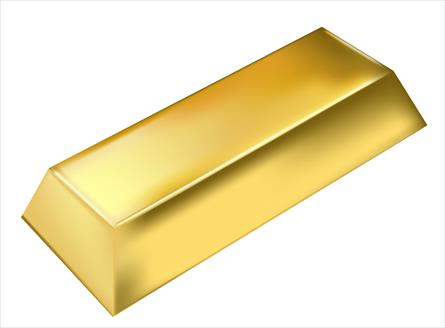The Hardness of Gold: Understanding Gold’s Properties & Its Versatility
In addition to their beauty, precious metals have a variety of properties that affect their value, and one of those assets is hardness. Levels of hardness vary among different types of precious metals, with some being stronger than others. Below, the professionals from First National Bullion, the best place to buy gold in Carlsbad, offer details about gold hardness and other unique factors that make the precious metal valuable.
Hardness & Softness
The hardness of gold typically ranges between 2.4 and 3 on the Mohs scale of mineral hardness, but that will vary depending on its purity. Keep in mind the purer the gold is, the softer it will be, especially without the presence of other elements or specialized alloys.
Knowing the hardness and softness of the gold you buy is important, as it affects how you can utilize your purchases. For instance, jewelry made with a harder gold alloy can be worn more frequently—even on a daily basis—unlike softer pieces.
Combination of Other Precious Metals
Gold doesn’t oxidize, rust, or tarnish, whether it’s in the form of jewelry, coins, or bars. While pure gold, or 24k gold, is generally softer, combining it with other metals, such as silver or copper, can boost its strength.
When combined with different alloy metals, gold can also change colors to options such as yellow, rose gold, and white. These combinations also increase the hardness levels, which then allows gold to hold up better, especially when worn as pieces of jewelry. When combined with other metals, gold can often go up to a hardness level of 4.
Testing Methods
To determine the hardness of gold, various testing options include the Vickers, Brinell, and Rockwell tests. Regardless of the method used, the objective is to measure the hardness in terms of the size, shape, and type of gold being used. For example, with the Brinell hardness test, one would press hard steel into the sides of a piece of gold, whereas with the Vickers hardness test, diamond-shaped indenters are used to create indentations on the gold’s surface, with the diagonal lengths of the indentations determining the gold’s hardness.
Professionals understand the differences between each testing method, which allows them to select the best option for the type of gold they’re assessing at that moment. Additionally, the procedure enables testers to identify different strengths and limitations of the precious metal.
Various Usages
Despite its softness, gold is resistant to corrosion, which makes it ideal for manufacturing electronics, ranging from switches to connectors and circuit boards. Integrated circuits in products like smartphones and computers also use gold.
In the medical field, gold is valued for its non-reactivity with the human body and its biocompatibility. Dentists can utilize gold for teeth repairs and replacements, and doctors can use it in the treatment of conditions such as arthritis and certain types of cancer.
Gold remains a highly sought-after precious metal in the jewelry industry, offering many options, such as earrings, necklaces, and rings. The standout feature of gold is its softness, but when mixed with other precious metals, it can strengthen and become more durable.
Whether they’re looking for expert advice on the hardness of precious metals or they want to buy gold, Carlsbadresidents should work with trustworthy precious metal dealers who offer high-quality service and have years of experience. Call on the industry-leading professionals at First National Bullion when you’re ready to invest in precious metals, including gold, silver, platinum, and palladium. Give us a call today.
The statements made in this blog are opinions, and past performance is not indicative of future returns. Precious metals, like all investments, carry risk. Precious metals and coins may appreciate, depreciate, or stay the same in cash value depending on a variety of factors. First National Bullion does not guarantee, and its website and employees make no representation, that any metals for sale will appreciate sufficiently to earn the customers a profit. The decision to buy, sell, or borrow precious metals and which precious metals to purchase, borrow, or sell are made at the customer’s sole discretion.


